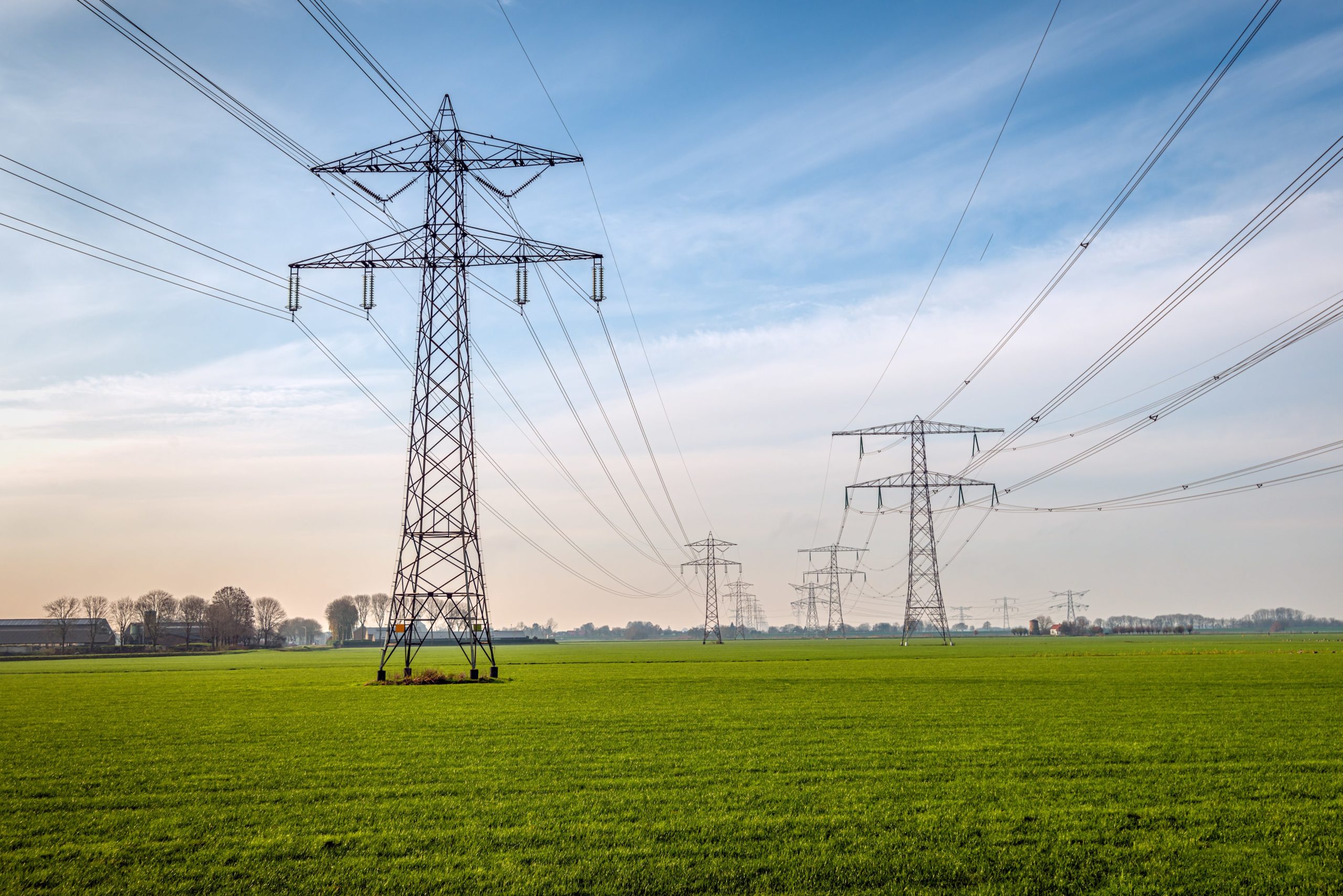Achieving our clean energy future means upgrading and expanding our nation’s transmission grid, which is a complex and expensive proposition but with long-term benefits to customers.
We MUST get it right, and the NC Sustainable Energy Association (NCSEA) is heavily involved in stakeholder conversations that we hope will pave the way for decisive actions that will make our grid in North Carolina more efficient and able to convey energy from new, diverse, and low-cost clean energy resources.
Because much of our grid is old and out of date, and because locating new transmission lines is a lengthy process, it often takes years for new transmission projects to get the go-ahead they need, making it difficult to plan important projects and advance our clean energy goals. On both a national and state level, the grid hasn’t had a significant makeover in roughly 50 years.
These lines were originally built to transmit electrons from coal plants to large groups of nearby users. The future means moving electrons from many places, from several different resource types and spreading them out to a broader customer base.
Our goals
NCSEA is part of the Carolinas Transmission Planning Collaborative (CTPC) and a working group within the entity called the Transmission Advisory Group (TAG), which posts information here. We’re at the table helping to develop a Multi-Value Strategic Transmission Plan (MVST), which will be revisited every few years. The current process should produce results in early 2025 to help guide Duke Energy’s next carbon plan.
NCSEA and other groups involved in the MVST make recommendations for studies that inform what will ultimately be an analysis that Duke Energy will propose to the North Carolina Utilities Commission as part of long-term energy planning.
NCSEA’s primary goals in the Multi-Value Strategic Transmission Plan process are to:
- Prepare the grid to manage significant new input from offshore wind, solar, storage, and other renewable resources. This includes analyzing new points of interconnection to bring offshore wind electricity onshore. We support Duke Energy’s model selecting a 2.4 gigawatt infusion of offshore wind generation through a point of interconnection located in New Bern, NC, because that amount was identified as part of the least-cost solution to achieving a cleaner and more reliable electric grid.
- Ensure that studies are done on needed upgrades to allow significant renewable resources to be added. If this planning is holistic and forward-looking, upgrades will only be needed once, and we won’t have to routinely upgrade the grid piecemeal in the future. Holistic upgrades are more efficient and affordable.
- Bring Duke Energy up to nationwide best-practice standards in transmission planning. There is significant room to improve. We also want to encourage the North Carolina Utilities Commission to require Duke Energy to develop a proactive multi–value synchronized generation and transmission plan. Other utilities and regions have found this to be the most– effective method.
Ultimately Duke Energy and its regulator — the North Carolina Utilities Commission, with input from a broad group of stakeholders — must proactively plan for North Carolina’s future load needs and for a generation mix that is based on realistic projections while accounting for public policy mandates and the full range of a transmission projects’ benefits.
“Duke’s transmission benefit cost analysis is highly unusual in that it does not account for how transmission upgrades provide production cost savings by reducing transmission losses and allowing lower-cost generation to displace higher-cost resources,” according to clean energy integration and transmission expert Michael Goggin’s testimony submitted in the carbon plan docket. Utilities in other regions do account for these benefits. Not accounting for how transmission upgrades provide production cost savings significantly understates the benefits of transmission additions and upgrades.
Costs AND benefits
North Carolina’s energy mix over the next 50 years will be a diverse blend, with the trend line moving heavily toward clean energy. This can’t be done without expanding the grid to include more geographic diversity.
The tying together of distributed clean energy resources will mean more reliability and better access to lower-cost power options. By sharing power over larger geographies, the system will be more resilient and better able to tap economies of scale.
Multiple studies have found that the financial benefits of this process will exceed grid investment costs, and, in many cases, by very large numbers. If you’re interested in digging into the details, several of those studies are footnoted on page 4 of this Department of Energy circular.
Some argue for saving on transmission costs by doubling down on fossil fuels — building natural gas plants where coal plants once burned and where transmission lines already exist. But those lines are often badly in need of upgrades themselves. And counting on a natural gas future risks the price spikes driving electricity rate increases in North Carolina now, even before new federal regulations take effect that are expected to either radically curtail gas plant operations or significantly increase their operating costs.
The MVST process isn’t about saying yes to all new transmission. It’s about assessing the true value of new projects, efficiently planning and building the system that will help us reach carbon emission– reduction goals in North Carolina law.
The scale and pace needed to reach these goals demands investment, forethought, and cooperation. That’s why NCSEA will continue to participate in the transmission planning processes ongoing in North Carolina.

